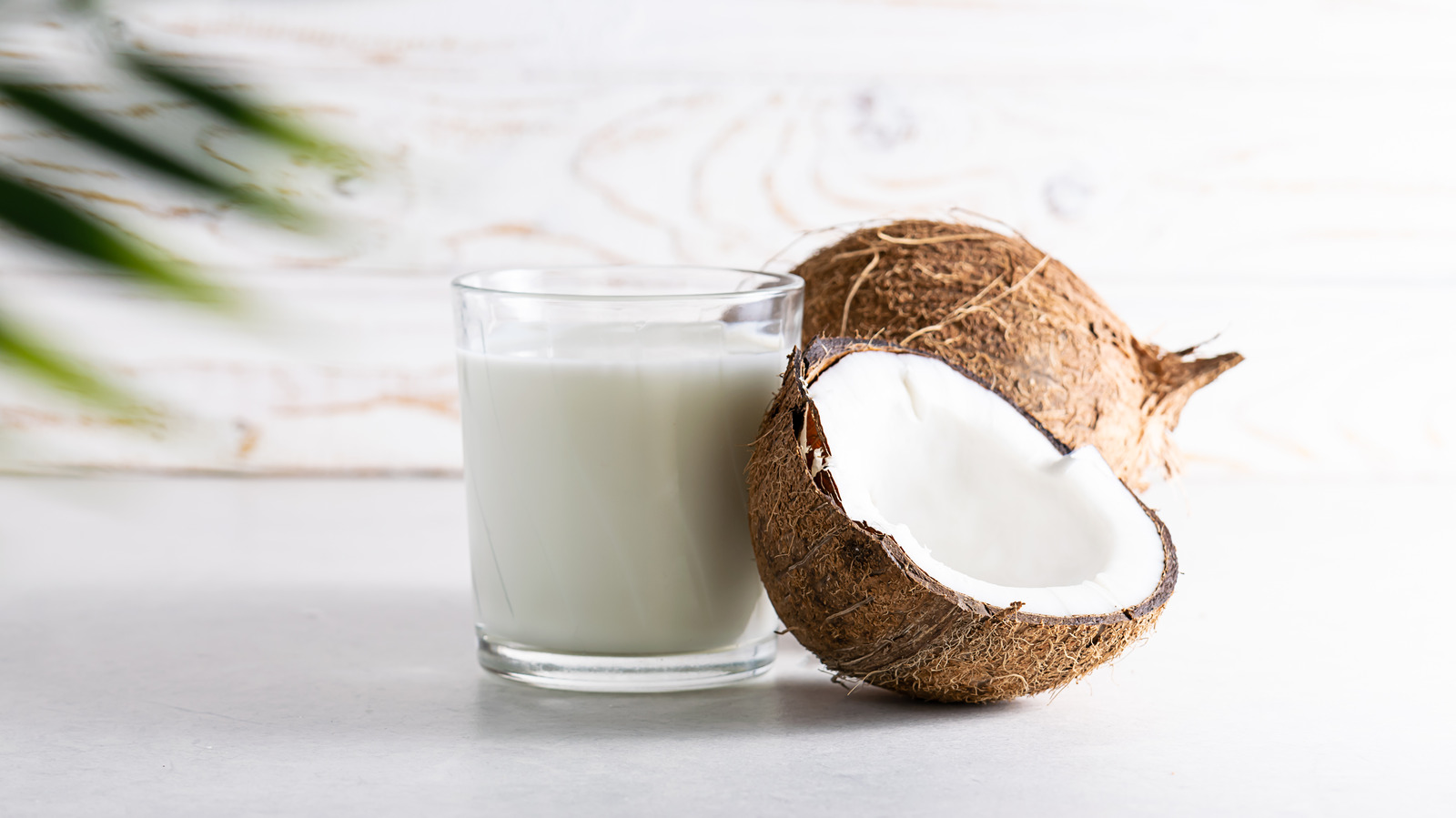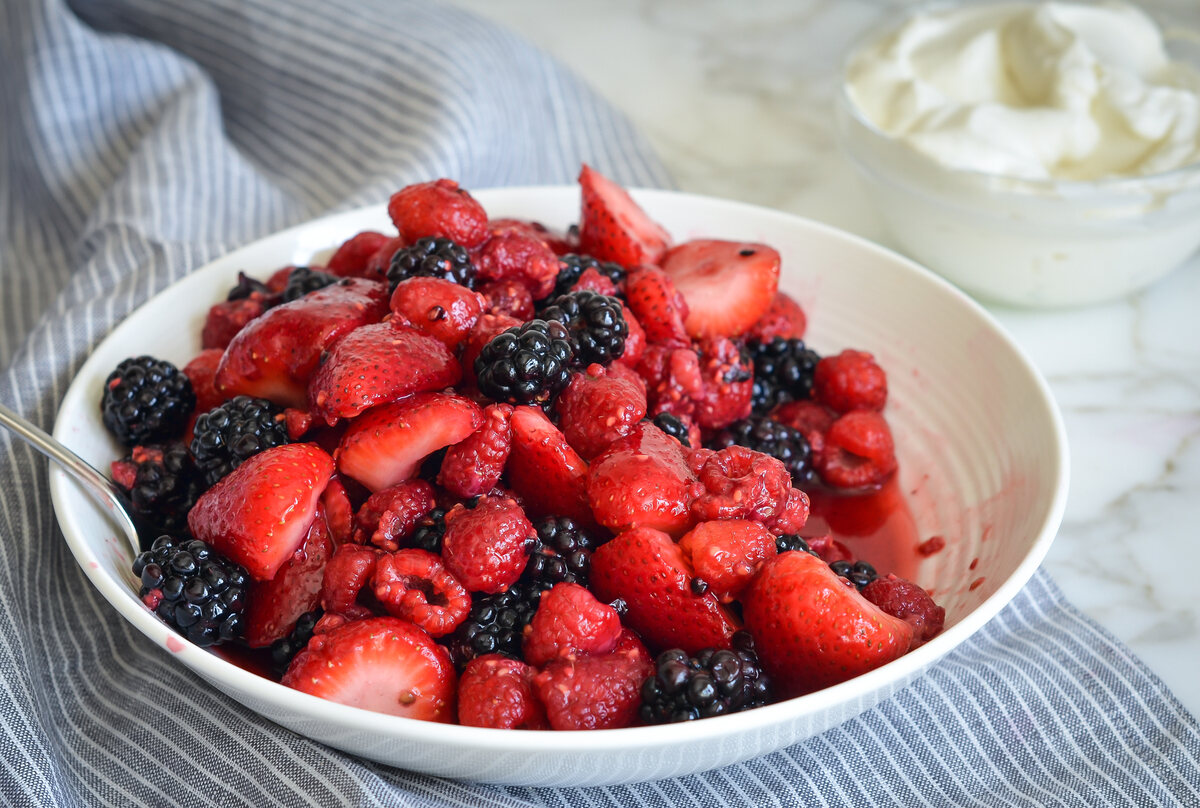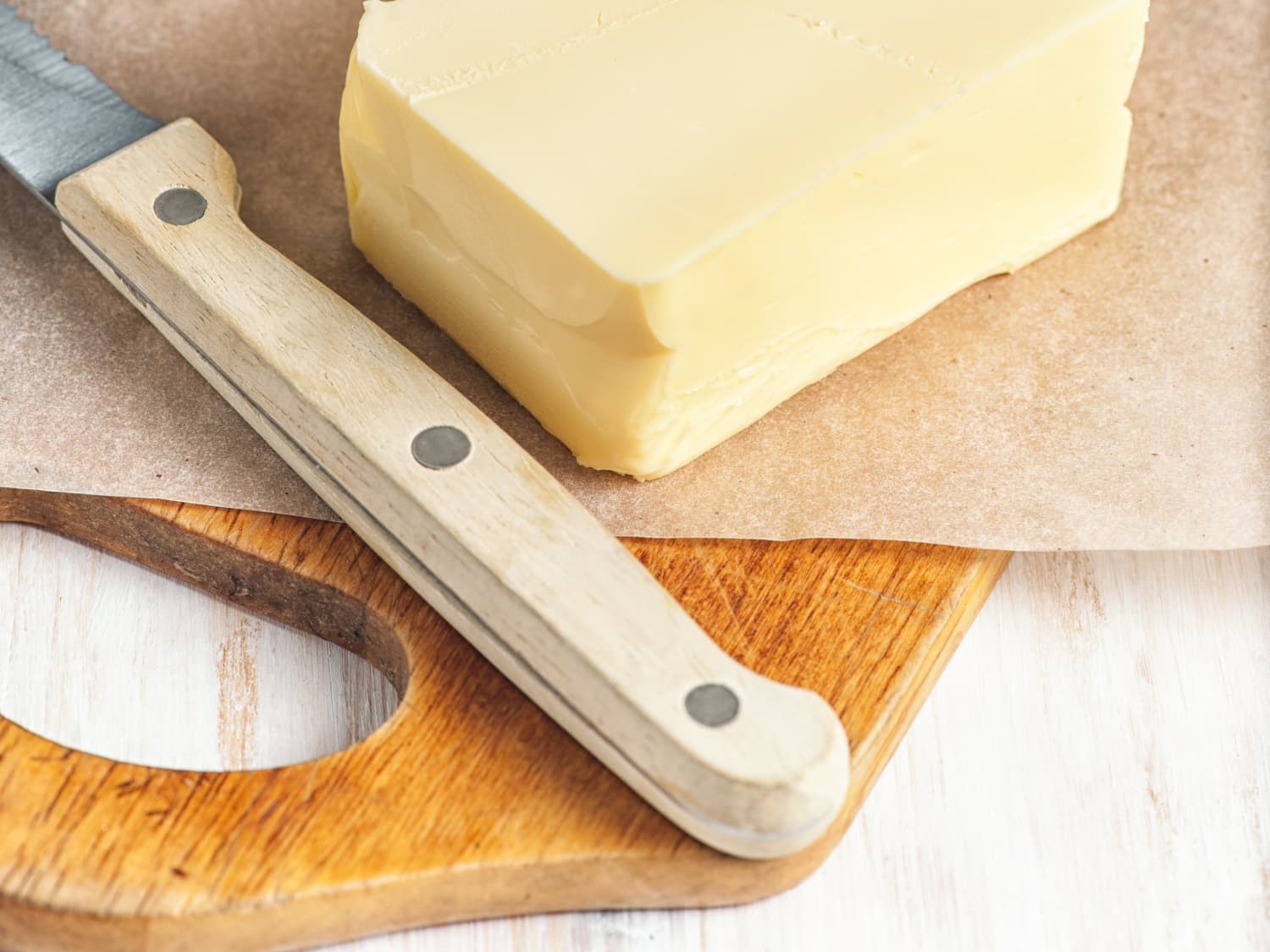Emulsifying egg and oil is a fundamental technique in the world of cooking. Whether you're making mayonnaise, hollandaise sauce, or a creamy salad dressing, knowing how to emulsify egg and oil is a valuable skill that can take your culinary creations to the next level. In this guide, we'll walk you through the process of emulsifying egg and oil, step by step.
Understanding Emulsification
Before we dive into the specifics of emulsifying egg and oil, it's important to understand what emulsification actually is. Emulsification is the process of combining two liquids that don't naturally mix, such as oil and water, into a smooth, stable mixture. In the case of emulsifying egg and oil, the goal is to create a creamy, homogeneous mixture that won't separate.
Ingredients You’ll Need
To emulsify egg and oil, you'll need just a few simple ingredients:
- Egg: You'll need the yolk of a fresh egg.
- Oil: Use a neutral-flavored oil, such as vegetable or canola oil.
- Acid: This could be lemon juice or vinegar, depending on your recipe.
- Seasonings: Depending on what you're making, you may want to add salt, pepper, or other seasonings.
The Emulsification Process
Now that you have your ingredients ready, it's time to emulsify the egg and oil. Here's a step-by-step guide to the process:
-
Start with the Egg Yolk: In a clean, dry bowl, place the egg yolk. Make sure there are no traces of egg white, as even a small amount can interfere with the emulsification process.
-
Add Acid and Seasonings: Depending on your recipe, add a small amount of acid, such as lemon juice or vinegar, to the egg yolk. This will help stabilize the emulsion. Season with salt and pepper as desired.
-
Whisk the Mixture: Begin whisking the egg yolk and acid together. This will help break up the egg yolk and start the emulsification process.
-
Slowly Add the Oil: As you continue to whisk the egg yolk mixture, slowly begin adding the oil in a thin, steady stream. It's crucial to add the oil gradually, as this allows it to incorporate into the egg yolk and form a stable emulsion.
-
Whisk Vigorously: As you add the oil, continue to whisk the mixture vigorously. This will help the oil and egg yolk combine into a smooth, creamy emulsion.
-
Adjust the Consistency: Once you've added all the oil, you can adjust the consistency of the emulsion by adding more acid or oil as needed. If the mixture is too thick, a few drops of water or acid can help thin it out.
Troubleshooting Tips
Emulsifying egg and oil can be a bit tricky, and it's normal to encounter some challenges along the way. Here are a few troubleshooting tips to keep in mind:
-
Slow and Steady Wins the Race: Adding the oil too quickly can cause the emulsion to break. Take your time and add the oil in a slow, steady stream.
-
Room Temperature Ingredients: Using room temperature egg yolks and oil can help the emulsification process go more smoothly.
-
Patience is Key: If the emulsion looks like it's breaking, don't panic. Stop adding the oil and whisk the mixture vigorously to bring it back together.
-
Practice Makes Perfect: Emulsifying egg and oil can take some practice, so don't be discouraged if it doesn't turn out perfectly the first time.
Conclusion
Emulsifying egg and oil is a valuable skill that can open up a world of culinary possibilities. Whether you're whipping up a batch of homemade mayonnaise or creating a velvety smooth sauce, mastering the art of emulsification will take your cooking to new heights. With a bit of practice and patience, you'll be emulsifying egg and oil like a pro in no time.
Explore More with These Delicious Recipes
Once you've mastered the art of emulsifying egg and oil, a plethora of culinary delights await your expertise. Try your hand at the classic Classic Homemade Mayonnaise for a versatile condiment foundation or venture into more complex sauces like Hollandaise Sauce for Eggs Benedict to elevate your brunch game. For those with a penchant for robust flavors, Chipotle Mayo for Sandwiches and Burgers is highly recommended. Each recipe offers a unique opportunity to refine your emulsification techniques while adding irresistible flavors to your dishes. Experiment with these to impress at your next meal.
Was this page helpful?
Read Next: How To Emulsify Fats Into A Broth









